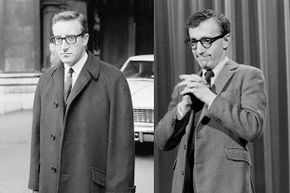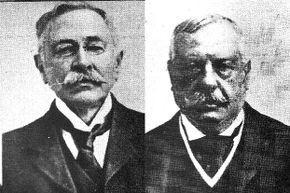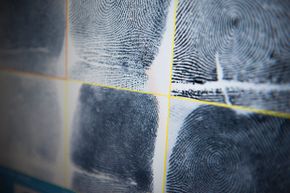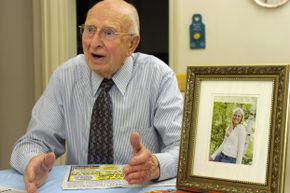It's often said that we all have a double somewhere in the world. It's a haunting thought. In a sense, our identity is all we have. When it fails to form properly, we struggle psychologically. When it's stolen, we face fraudulent bills, ruined credit and a years-long nightmare of red tape. And when it's mistaken, well, far worse outcomes might await.
Perhaps that's why, in so many legends and weird tales stretching back centuries, encountering one's doppelganger tends to end badly. Thankfully, we live during the age of fingerprints, DNA and CSI, in the post-911 world of ever-more Orwellian identification requirements, and we've left cases of mistaken identity firmly in the past.
Advertisement
Well, perhaps not. According to a 2012 report in the Denver Post, "More than 500 people were wrongly imprisoned in Denver's jails over seven years, with some spending weeks incarcerated or pleading guilty to crimes they did not commit."
Such stories provide sobering reminders that a world run by bureaucrats contains at least as much of Kafka as Orwell — and maybe a touch of Rod Serling, as well. The people you are about to meet would no doubt agree.










